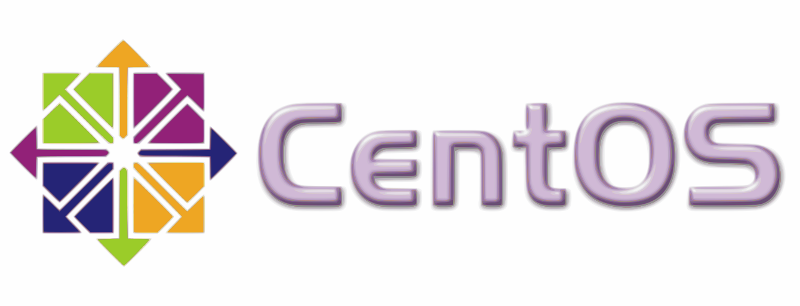- Tuesday, October 1, 2019

We are happy to announce new CentOS Linux 8 released! CentOS was created when Red Hat stopped providing RHEL free. CentOS is a high-quality Linux distribution mostly used on servers. It gives complete control of its open-source software packages and is fully customized for research needs or for running a high-performance website without the need for license fees. Let us see what’s new in CentOS 8.
CentOS Stream
The CentOS Stream project sits between the Fedora Project and RHEL in the RHEL Development process, providing a “rolling preview” of future RHEL kernels and features. This enables developers to stay one or two steps ahead of what’s coming in RHEL, which was not previously possible with traditional CentOS releases.
Wayland desktop
GNOME Shell has been rebased to version 3.28. The GNOME session and the GNOME Display Manager use Wayland as their default display server. The X.Org server, which is the default display server in RHEL 7, is available as well.
Security and Firewall
The new default packet filtering framework is nftables that replaces iptables. FirewallD will use nftables under the hood. OpenSSH has been rebased on version 7.8p1, this effectively removes SSH1 support. System-wide cryptographic policies are now applied by default. This means that the administrator will be able to specify security policies for a number of software such as Kerberos, IPSec, DNSSEC and TLS, all in one place.
Software management: RPM, DNF and AppStream
RPM, the RPM package manager sees its first update in a while. RPM now checks the whole package for integrity rather than the payload before installing. The RPM format now supports AppStream. YUM4 is the new package manager, based on DNF technology it supersedes YUM3.
The real news is AppStream. AppStream introduces the “module” concept. Modules are user space components that can be updated without updating the whole operating system. This allows software that gets updates frequently such as PHP or Python, to be updated without using third-party repositories or having to wait the next major CentOS release. Modules will be available for languages, database and popular applications. You can have multiple versions of one module installed and running at the same time on the same operating system.
Important software and updates
Look Ma, newer and better software for development cool apps on CentOS Linux 8:
| Software | Version |
|---|---|
| Ansible | 2.8.0 |
| Apache | 2.4.37 |
| Emacs | 26.1 |
| Firefox | 60.xx |
| GIMP | 2.8.22 |
| GNOME | 3.28 |
| Golang | 1.11.13 |
| Libreoffice | 6.0.6.1 |
| Linux kernel | 4.18 |
| MariaDB | 10.3.11 |
| MySQL | 8 |
| Nano | 2.9.8 |
| Nginx | 1.14.1 |
| OpenSSH | 7.8p1 |
| Perl | 5.26 |
| PHP | 7.2.11 |
| PostgreSQL | 10.6 |
| Python | 2.7.15 |
| Python | 3.6.8 |
| rsyslog | 8.37.0 |
| Ruby | 2.5.3 |
| Rust | 1.35.0 |
| Scala | 2.10 |
| Squid | 4 |
| Subversion | 1.10 |
| Varnish | 6 |
| Vim | 8.0.1763 |
Removed security functionality
- shadow-utils no longer allow all-numeric user and group names
- securetty is now disabled by default
- The Clevis HTTP pin has been removed
To know more about the other removed security functionalities, read the upstream documentation.
Known issues in CentOS 8
- If the user is planning to install CentOS-8 in a VirtualBox guest, you should not select “Server with a GUI” (default) during the installation.
- Support for some adapters have been removed CentOS-8. ELRepo offers driver update disks (DUD) for some of those that are still commonly used. For the list of the device IDs provided by the ELRepo packages, please see here.
- Once CentOS-8 is installed, you can use the centosplus kernel (kernel-plus) which has support for those devices.
- While using the boot.iso and NFS to install, the automatic procedure for adding the AppStream-Repo will fail. You have to disable it and add the right NFS-path manually.
To install and use CentOS 8 (1905), a minimum of 2 GB RAM is required. The community members recommend at least 4 GB RAM for it to function smoothly.
To know more about CentOS 8 in detail, read CentOS wiki page.
